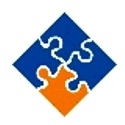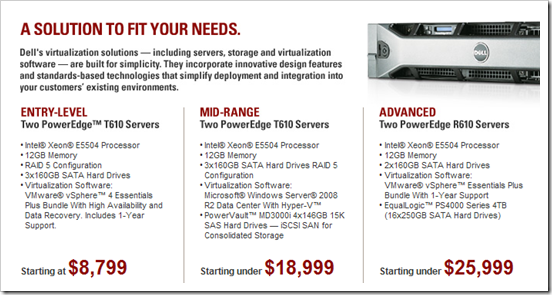 I recently responded to a request about using a Mac as a server. It got me to thinking about two things; how much I like Macs and how I move client’s QuickBooks to a new QuickBooks server after a hardware upgrade. I hope this information helps you out.
I recently responded to a request about using a Mac as a server. It got me to thinking about two things; how much I like Macs and how I move client’s QuickBooks to a new QuickBooks server after a hardware upgrade. I hope this information helps you out.
My response:
I also like Macs except when it comes to QuickBooks. You may have picked up on the fact that I always install a full version of QuickBooks on the server; never using Intuit’s “server install only” option for QuickBooks. Consequently, Mac is not an option for me. Intuit allows for a free extra server install in their licensing. I developed my XP Pro server installation as a reasonably inexpensive alternative to hosted QuickBooks, Windows Server operating systems/hardware installs and Apple or Linux installs.
For several years now, I’ve used my own methodology to move QuickBooks from a desktop or old server to a new server. I always use unique folders for each unique group of companies. I evaluate and enumerate the existing company files folder to see what I’m working with. Every company has their own unique mess. Once I’ve figured out the mess, I plan the cut-over date and build the new server including the new folder structure. Just prior to cut-over, I complete a fully verified backup of each company file. I will generally rebuild the company files when they do not verify. On many occasions, especially with large files, the company accountant will need to back out transactions or clean up the data before the file will verify.
Upon cut-over to the new server, I perform a restore from the verified QuickBooks backup file, moving unique companies into their respective new folders. Then, I go back to pick up custom reports, invoices, images, etc in their folders, like “QuickBooks Letter Templates”, “[company file name] – Images”, “Templates” as well as other folders with names relative to past versions. I will also pick up any shipping databases or other third party add on files. Finally, I copy the entire contents of the old company files folder to a unshared location on the server from where I can get anything that might be found missing several days after the cut-over.
Folks have a habit of placing task lists, spreadsheets, pdf docs and other extraneous files in the company files folder. I will copy those over to a shared “Accounting” folder and train users to place any accounting related support documents in that folder. In spite of that, I still see stuff land in the QuickBooks company file folders when I’ve returned weeks or months later.
On a side note, I’ve stopped using “Q” as a mapped drive letter. Microsoft reserved “Q” for their click to run software. Seems that everyone gets Microsoft Office from click to run these days. Consequently, I go to each client computer and map the server shared QuickBooks company files folder to a new drive letter.


